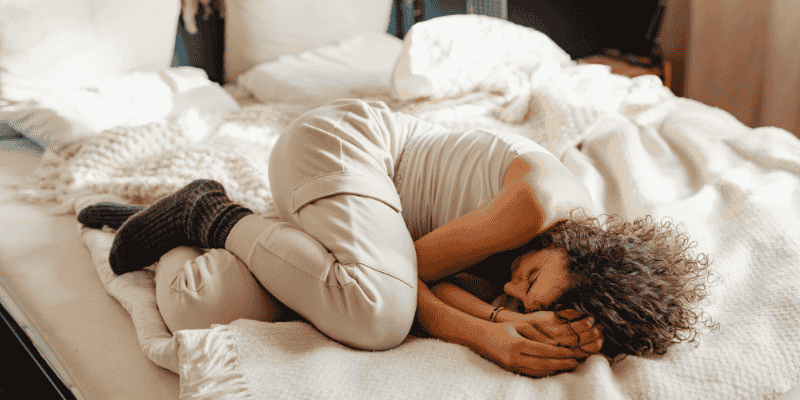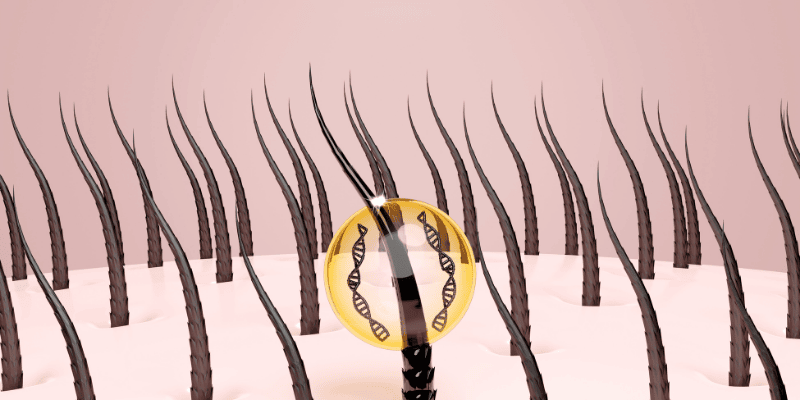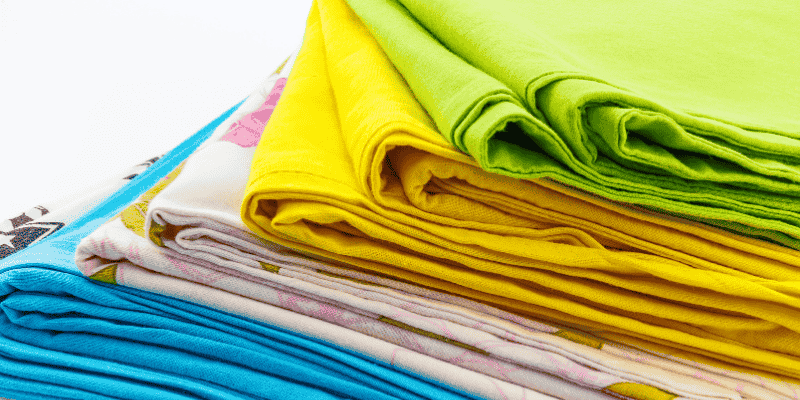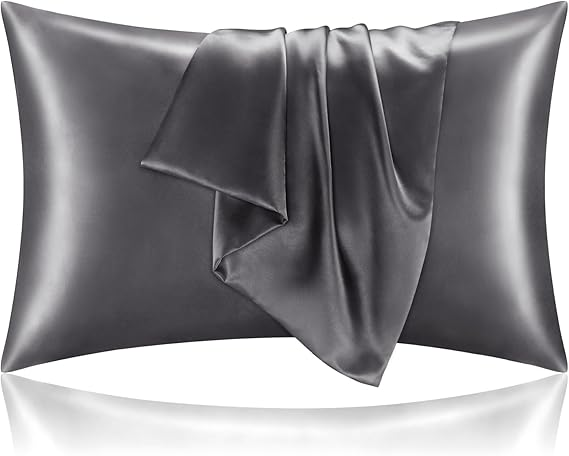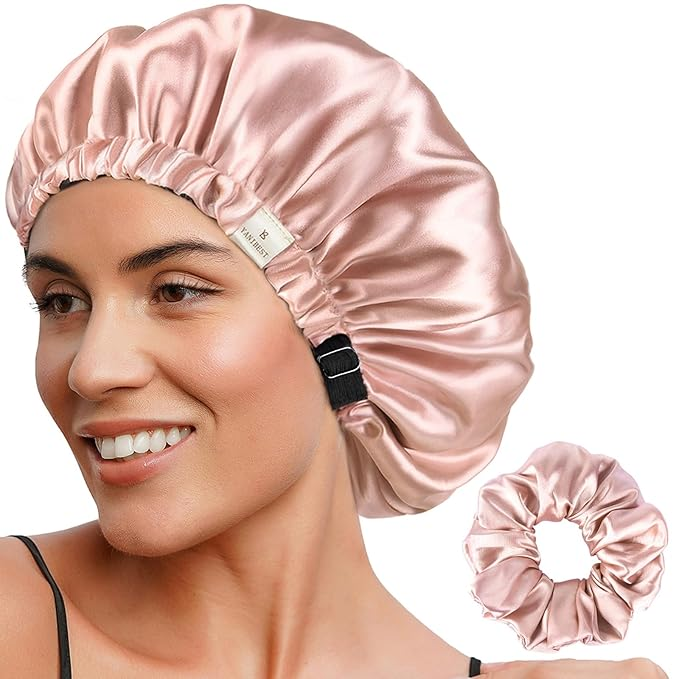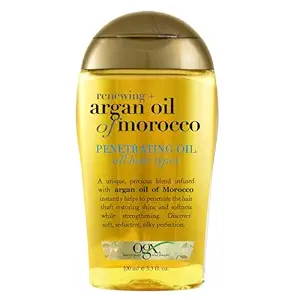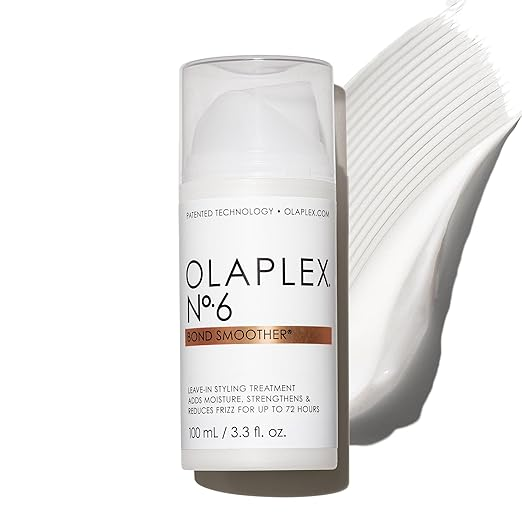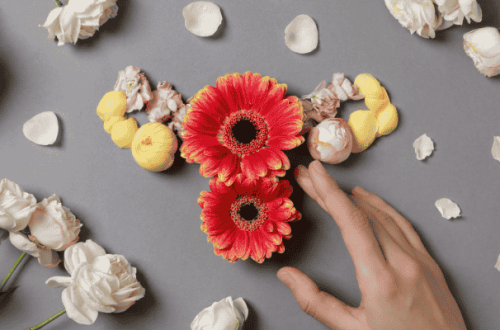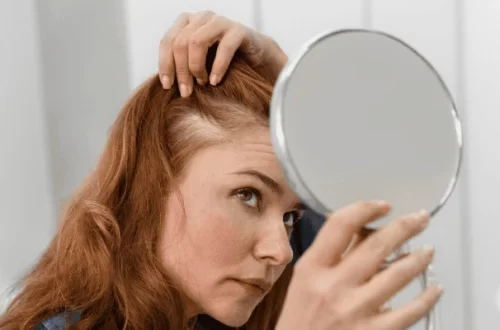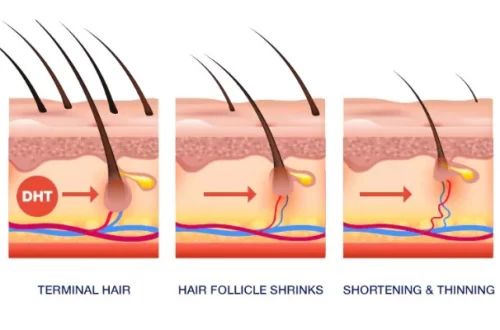Hair loss is a common concern for many people, and while genetics, diet, and stress are often blamed, one overlooked factor is how you sleep. The way you rest at night—whether on your side, stomach, or back—can create friction that damages hair over time. Constant rubbing against your pillow can weaken strands, cause breakage, and even contribute to thinning.
If you’ve ever woken up with tangled hair, frizz, or noticed more strands on your pillow, your sleeping habits might be part of the problem. The good news? Small changes in your nighttime routine can help protect your hair and reduce unnecessary damage.
In this article, we’ll explore:
- How different sleeping positions affect hair health.
- The science behind friction and hair follicle stress.
- Why pillowcase material matters more than you think.
- Practical tips to minimize hair damage while sleeping.
- Who is most at risk and how to take action.
By the end, you’ll have a clear plan to keep your hair healthier, starting tonight.
How Sleeping Position Can Impact Hair
The Three Main Sleeping Positions & Their Effects
Most people sleep in one of three ways, and each has a different impact on hair:
- Side Sleeping
- What happens: Hair rubs against the pillow all night, especially if you toss and turn.
- Risk: Increased friction leads to split ends, breakage, and weakened roots.
- Who’s affected: People with long or curly hair may notice more tangles and shedding.
- Stomach Sleeping
- What happens: Hair gets pushed and pulled as you move, increasing tension on the roots.
- Risk: Can lead to traction alopecia (hair loss from pulling) over time.
- Who’s affected: Those with fine or brittle hair may see more breakage.
- Back Sleeping
- What happens: Hair stays in place with minimal friction.
- Risk: Lowest risk for hair damage, but not everyone can sleep this way comfortably.
- Who benefits: Anyone prone to hair thinning or breakage.
Why Friction is the Real Problem
When hair repeatedly rubs against a pillow, two things happen:
- Cuticle damage: The outer layer of each strand wears down, making hair dry and brittle.
- Follicle stress: Constant tugging can weaken hair roots, leading to slower growth and thinning.
Think of it like a rope rubbing against a rough surface—over time, it frays. The same happens to your hair if it’s constantly dragged across a cotton pillowcase.
What Hair Follicles Go Through at Night
How Pressure and Pulling Affect Hair Growth
Hair follicles are tiny pockets in your scalp where hair grows. When they’re under stress, they can’t produce strong, healthy strands. Here’s what happens at night:
- Breakage: Weak hair snaps off mid-shaft, leading to shorter, uneven strands.
- Thinning: Repeated stress can make follicles produce thinner, weaker hair over time.
- Traction alopecia: A type of hair loss caused by constant pulling (common in tight hairstyles but also from pillow friction).
The Role of Inflammation
When hair is tugged or rubbed too much, the scalp can become irritated. This inflammation may:
- Slow down hair growth.
- Trigger shedding in sensitive areas (like the hairline or crown).
If you wake up with an itchy scalp or more hair on your pillow, friction could be a factor.
Role of Pillowcases & Fabrics
Cotton vs. Satin vs. Silk: Which is Best for Hair?
Not all pillowcases are created equal. Some fabrics cause more friction, while others help hair glide smoothly.
Fabric | Effect on Hair | Best For |
Cotton | Absorbs moisture, but can be rough and cause tangles. | People who don’t have breakage issues. |
Satin | Smooth surface reduces friction, less tangling. | Curly, frizzy, or damaged hair. |
Silk | Most gentle, helps retain moisture and prevent breakage. | Fine, thinning, or fragile hair. |
Why Silk and Satin Are Better
- Less friction: Hair slides instead of snagging.
- Retains moisture: Prevents dryness (great for curly or chemically treated hair).
- Reduces tangles: Waking up with smoother, less knotted hair.
BEDELITE Satin Pillowcase creates less friction for your curly hair and reduces hair breakage than sleeping on cotton pillowcases. It will not absorb moisture to help retain your shiny hair, perfect for curly hair. Sleep on satin pillowcases to keep your hair from turning into a bird's nest, NO KNOTS in the morning.
What About Hair Bonnets & Wraps?
If you move a lot in your sleep, a satin or silk bonnet can help by:
- Keeping hair contained and protected.
- Preventing friction even if you switch positions.
Exclusive high quality long filament satin, ultra softer, luxury feel, as smooth as butter, reducing friction to skin and hair, keep it hydrated and soft. Solution to hair breakage, bedhead, split ends and dry skin.
Tips to Protect Hair While Sleeping
1. Train Yourself to Sleep on Your Back
- The best position to avoid friction.
- If you can’t stay on your back all night, try propping your head with a supportive pillow.
2. Switch to a Silk or Satin Pillowcase
- Reduces tugging and breakage.
- Also benefits skin by preventing sleep wrinkles.
3. Use Protective Hairstyles Before Bed
- Loose braids or twists: Prevents tangling without pulling roots.
- Pineapple method (for curly hair): Gather hair loosely on top of the head.
- Avoid tight ponytails or buns: They add unnecessary stress to follicles.
4. Keep Hair Moisturized Overnight
- Apply a light oil (like argan or jojoba) to ends before bed.
- Use a leave-in conditioner for extra protection.
Formulated with a blend of cold-pressed Argan Oil of Morocco to help smooth locks; delivers a soothingly sweet citrus-fresh, floral-green and woody scent for irresistible hair smell.
A leave-in reparative styling cream that eliminates frizz, hydrates, and protects all hair types. Cruelty free.
5. Avoid Rough Towel Drying at Night
- Wet hair is fragile—pat dry gently instead of rubbing.
- Consider a microfiber towel or an old cotton T-shirt.
6. Wash Pillowcases Regularly
- Oil, dirt, and product buildup can clog hair follicles.
- Aim to change pillowcases at least once a week.
Who Should Be Most Concerned?
Some people are more prone to sleep-related hair damage:
✔ Curly or coily hair – More likely to tangle and break from friction.
✔ Fine or thinning hair – Easier to damage due to weaker strands.
✔ Chemically treated hair – Bleached, relaxed, or permed hair is more fragile.
✔ People with traction alopecia – Tight hairstyles + friction worsen hair loss.
If you notice:
- More hair on your pillow than usual.
- Increased breakage or split ends.
- Thinning around the hairline or crown.
…then adjusting your sleep habits could help.
Conclusion & Final Tips
Your sleeping position and pillowcase might be silently damaging your hair. The good news? Fixing it is simple:
✅ Switch to silk or satin – Less friction, less breakage.
✅ Try sleeping on your back – If possible, it’s the safest position.
✅ Use protective styles – Loose braids or bonnets help.
✅ Keep hair moisturized – Prevents dryness and brittleness.
Small changes can lead to stronger, healthier hair over time. Start with one adjustment (like a silk pillowcase) and see if you notice a difference in a few weeks.
Final Thought:
Hair loss isn’t always about genetics—sometimes, it’s the little things (like your pillow) that make a big difference. Give your hair the nighttime care it deserves!
